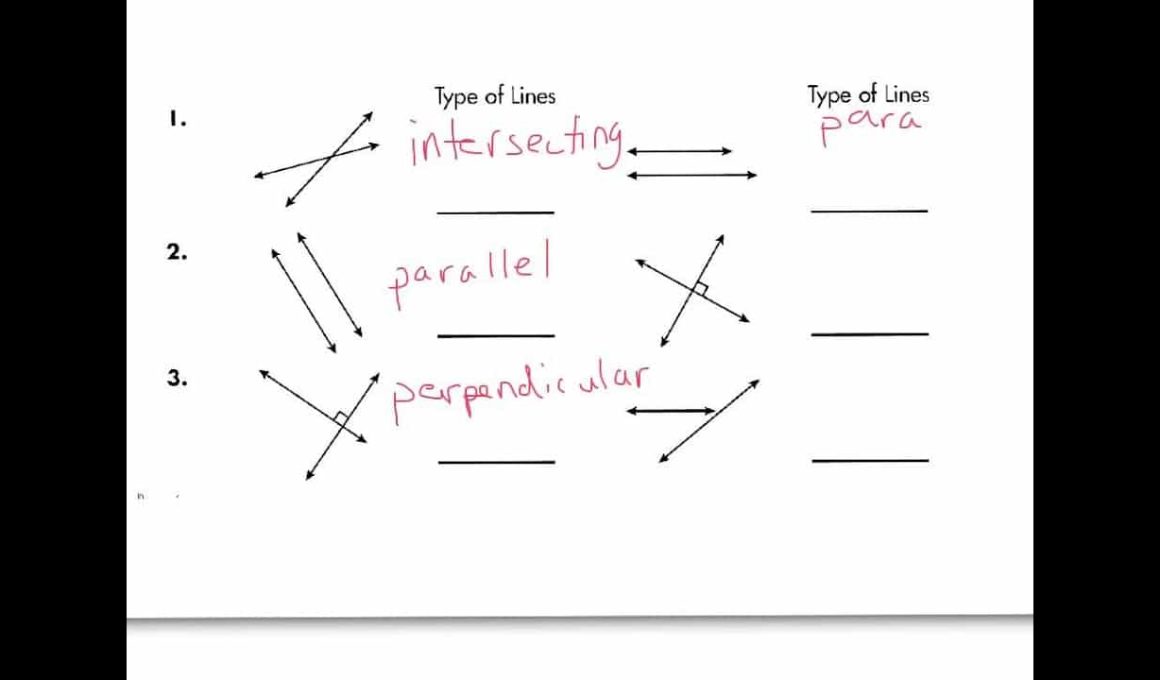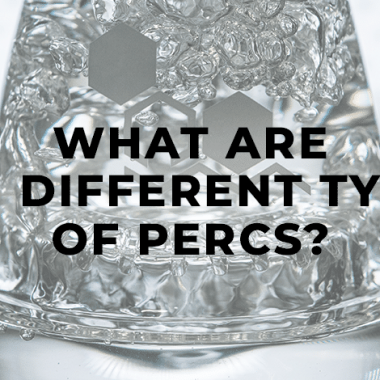There are different types of lines, such as horizontal, vertical, Parallel, and perpendicular lines. These lines are crucial in creating various polygon shapes.
A square, for example, consists of four lines of equal length, whereas a triangle consists of three lines joined end to end.
Furthermore, A one-dimensional shape with length but no width is known as a line. A line comprises a series of infinitely stretched points in opposite directions.
Two points in a two-dimensional plane determine it. Collinear points are two points that are located on the same line.
In addition, a straight pair of points extending in opposite directions can be defined as a line.
It has no beginning and no finish in both directions (infinite), no thickness, and only one dimension.
The fundamentals of geometry are points, lines, and angles, which collectively define an object’s shape.
A rectangle with four vertices defined by a point, four sides illustrated by bylines, and four angles equal to 90 degrees is an example of a combination of points, lines, and angles.
Furthermore, we can use these three leading figures to define various forms such as the rhombus, parallelogram, square, kite, cube, cuboid, etc.
In geometry, there are different types of lines;
1. Horizontal Lines
A horizontal line moves from left to right in a straight line.
2. Vertical Lines
A vertical line travels from top to bottom in a straight line.
3. Oblique or Slanting Lines
Oblique or slanting lines are lines drawn in a slanting orientation.
4. Parallel Lines
Two straight lines are parallel if they do not meet or overlap at any point, including infinity.
5. Perpendicular Lines
Two lines are perpendicular when they meet or intersect at a 90-degree angle or a right angle.
6. Tangent Lines
A tangent is a straight line intersecting a curve at a specific location. The normal is a perpendicular straight line to the tangent.
7. Secant Lines
If a line in the plane intersects a circle in exactly two spots, it is called a secant line. It can also be referred to as the average rate of change or the slope between two points.
This is one of the different types of lines. In addition, the slope between two points and the average rate of change of a function between two points is the same.
8. Thin Continous Line
A thin continuous line can be straight or curved, but the most important thing to remember is a tiny (thin) line with no dots or dashes.
A Thin Continuous Line represents the following:
- Lines of projection
- Lines of hatching
- Also, Lines of construction
- Lines in the center are short.
In addition, Lines of measurement
- Diagonal lines that represent plane surfaces.
- Intersections
- Leaders lines
- Backside section lines
9. Thick Continous Lines
Its outline is thicker than the narrow continuous line. This is one of the different types of lines. Furthermore, it can be straight or curved but must not contain dots or dashes.
A thick Continuous Line is mainly used to represent visible edges and outlines and to encircle the crucial sides in technical drawings.
10. Short/thin Dash Lines
These lines have very few (thin) dashes in them. Short Thin Dash Lines show hidden details and edges on an object. This is one of the different types of lines. Also, Representing indistinct outlines.
11. Dashed Thin Lines With Dots
This line is similar to the Dash Thin Lines with Dots. However, it contains double dots. Also, It’s utilized for bends and ghost outlines.
12. Arrowhead Lines
They’re straight lines with pointed ends on one or both sides. The sharp edges form an arrow.
Lines with arrowheads are used:
- Dimensional lines come to an end here.
- As lines of measuring.
13. Continous Thin Straight Zigzag Lines
In the zigzag direction, this is a straight line. Please take a look at the diagram above. The following are some of the applications for Continuous Thin Straight Zigzag Lines:
- They represent long break lines.
- Also, they are used if a partial view’s limit is not an axis.
- They are used if the limit of an interrupted section is not an axis.
14. Free Hand Lines
These lines are drawn entirely by hand without using a ruler or any other governing material. They are one of the different types of lines.
Furthermore, the FreeHand Line is similar to the Continuous Thin Irregular Line function.
The FreeHand Line provides the following services:
- This feature restricts partial views.
- Views and parts are disrupted.
- When an axis isn’t available, this is used to set the limit for an interrupted view.








